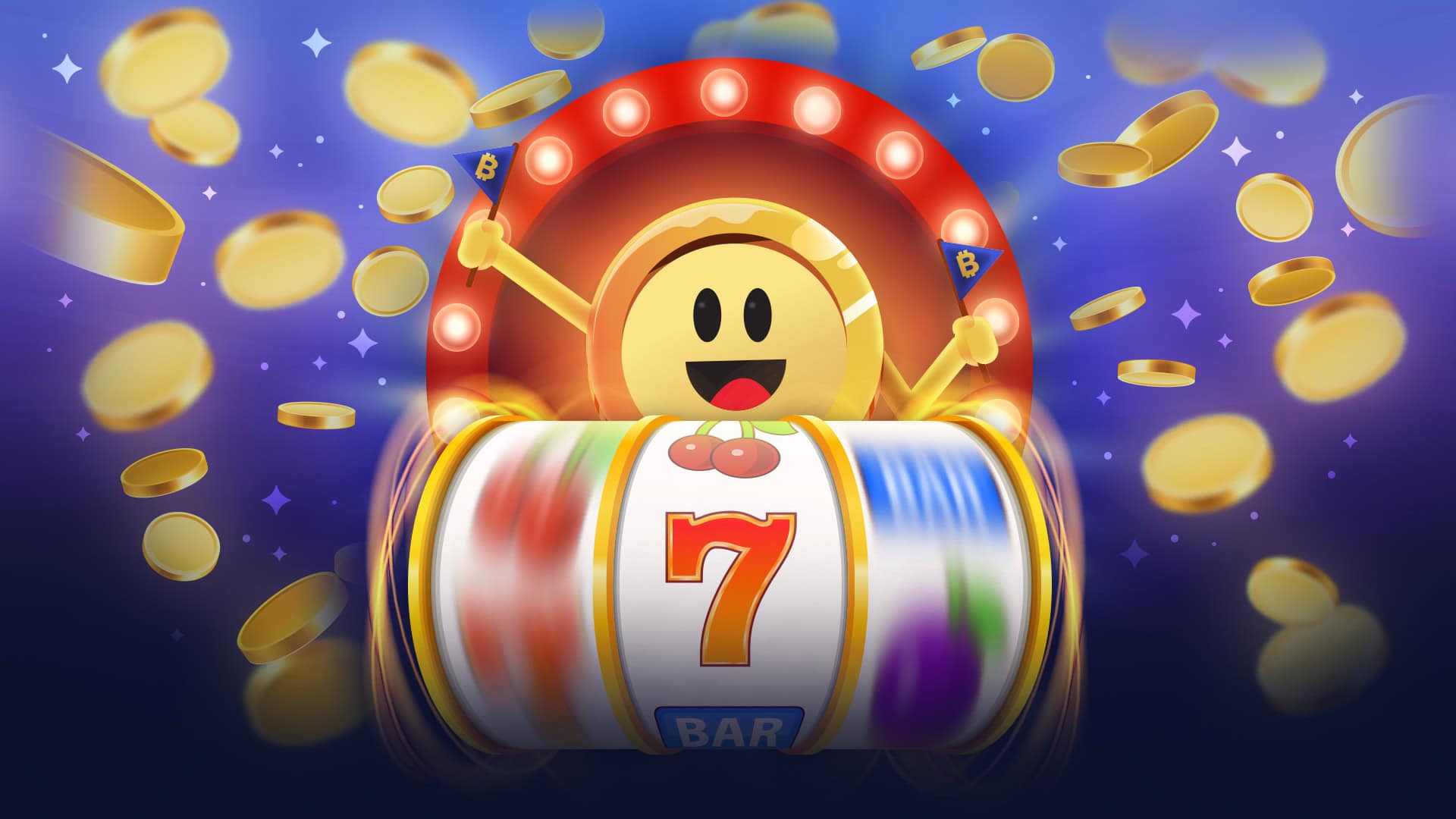What Makes a Game Retro? (And Where Do We Draw the Line?)
Many gamers still wonder: what is a retro game in 2025? The answer isn’t as simple as it used to be
Is the PlayStation 2 a retro console?
Ask a room full of gamers this question and you’ll likely spark a debate more heated than any boss battle. Ask the same about the Nintendo DS or Gamecube, and you can really sit back and watch the fun with popcorn in hand.
The thing is that while retro games used to be easy to categorize, that’s no longer the case. Older consoles that were once seen as cutting edge becoming obsolete, and newer generations continually arriving have blurred the lines on what retro actually means in 2025.
Retro was a term initially used to describe games from the 8-bit and 16-bit eras. However, for later-generation gamers, that term is now used to describe games from the early 2000s.
So, what actually defines a retro game, and why does it even matter? Who is right or wrong in the debate, or is there a possibility that everyone is correct?
That’s what we’ll discuss in this post. We’ll unpack how the idea of ‘retro gaming’ has evolved in recent years, where the term originally came from, and where it stands in 2025.
Original Definition of ‘Retro’ in Gaming
Anyone who is 40 years old or more probably remembers when ‘retro’ was originally used in a gaming sense. It was a term to describe games on earlier computers and consoles from the late 1970s up to the 2000s. During that era, gaming took place on iconic devices, such as the:
- BBC Micro (1981)
- Atari 2600, ZX Spectrum, and Commodore 64 (1982)
- Nintendo Entertainment System (1983)
- Sega Master System (1986)
- Amiga 500 (1987)
- Sega Drive/Genesis (1988)
- Super Nintendo (1991)
These systems were characterized by strict hardware limitations. They had low-resolution pixel art and restricted color palettes combined with chiptune soundtracks. Games often had to be under 1MB to fit on the storage sizes and devices of the time.
For years, this made the definition of a retro game easy. It was retro if it came during the 8 and 16-bit eras. Even modern gamers are likely to have heard of iconic titles from this era, such as Pac-Man, Super Mario, and Sonic the Hedgehog.
However, as gaming evolved into the 3D space and beyond, the lines began to blur. By the time the original PlayStation and Nintendo 64 hit their 15th anniversaries, a generational shift in nostalgia was underway.
What Counts as Retro in 2025?
Fast-forward to today, and it seems people can’t agree on what constitutes a retro game. Well, aside from those from the era we’ve already discussed. There are generally three criteria used to label a game as retro in 2025.
Age Threshold
A commonly floated rule is the ‘15-year rule.’ As you can probably guess, this suggests that any game launched 15 years or more ago qualifies as being retro. It does seem a logical way to do things, especially as a specified age is often used by many to determine what constitutes a vintage car.
However, it could feel jarring to some. Some titles released 15+ years ago do not look or play too differently from those around today. For instance, using this rule, Call of Duty 4: Modern Warfare and Super Mario Galaxy are considered retro as both were released in 2007. Do you think somebody born in the early 2000s who grew up playing those games would today classify them as retro?
Console Generations
Another approach is to draw the line based on console generations. Generally, generations 1–5 (Atari through SNES) are undisputedly retro. Generation 6 (PS2, GameCube, Dreamcast, Xbox) is now on the bubble.
These 6th-generation consoles were released between 1998 and 2001, which makes them over 20 years old. These consoles introduced DVD media and online functionality, in addition to significant graphical advances.
Some gaming historians even view this generation as a ‘second golden age’ due to the significant advancements brought to gaming. That’s difficult to argue against when you consider classics such as Shadow of the Colossus and Halo: Combat Evolved came from this era.
However, while some argue that retro gaming stops with the end of the sixth generation, others disagree. Some are willing to include the seventh generation (Xbox 360, PS3, Wii), although they classify that generation as ‘modern retro’. Yes, it seems we’re getting into sub-retro terms these days.
Emulation and Nostalgia
The rise of emulation also complicates the question. Emulators make it easy to play old games on modern systems. Some would argue that a game shouldn’t be classed as retro unless you’re playing it as intended on the consoles they were built for. For instance, if you can easily play games today that were released 20 years ago on platforms like Steam, does it make them retro?
Preservation also plays a key role. The Internet Archive has made thousands of early PC and console games available to play in-browser. Meanwhile, fan projects like ROM hacks and community-made restorations are credited for breathing new life into the retro gaming scene.
We should also mention nostalgia. What’s nostalgic to one person isn’t always the same for somebody else.
As mentioned earlier, a 40-year-old would certainly consider games launched in the 1980s as retro. On the flip side, a 25-year-old could understandably label the PS2 and other consoles from that generation under that label.
Studies in media psychology suggest that nostalgia peaks around 15–20 years after a formative experience. This explains why early 2000s consoles are now starting to feel retro to millennials and Gen Z. It’s not just about the calendar; it’s about personal memory and emotional resonance.
Retro Aesthetics Versus Actual Release Date
There’s another angle in the debate that’s worth going over. Some modern games are purposely designed to look retro or to mimic older titles.
The rise of indie game development, in particular, has led to an explosion of new releases that intentionally adopt retro visuals. Take Streets of Rage 4 and Shovel Knight as an example. Both are hugely popular modern releases that pay homage to older style games. They use pixel art, MIDI-style music, and platformer gameplay to channel the spirit of the 8-bit or 16-bit eras.
These are often classed as another sub-retro term, ‘neo-retro’. Essentially, they’re modern titles offering a tribute to what many love about gaming’s past but using modern tech and techniques.
They’re built on modern engines and have better quality of life features. Some even have procedurally generated content. In short, they’re more paying homage than giving us a time capsule.
So, where do we draw the line? If a game looks like it belongs on a Super Nintendo but was released in 2022, is it retro? Or is it just styled that way?
Community Versus Industry Definitions
It’s already clear that gamers have strong opinions about retro labels. On most retro gaming Reddit threads, the topic is regularly debated back and forth. It’s not uncommon to see heated discussions frequently erupt over whether the PS2 or Game Boy Advance should be considered retro.
But what about the platforms and developers that make games? Well, most accept there is such a thing as retro games. Some even use categories in their game lists to standardize their stance.
For instance, Nintendo Switch Online lumps SNES and N64 games under its ‘Retro’ category, but leaves out GameCube titles. PlayStation has done similar, but has been careful not to specifically label older games as retro. Instead, PS1 and PS2 games are classed as ‘Classics’.
Sega and Capcom, on the other hand, often release bundled ‘Retro Collections’. They even attempt to enhance the vintage feel by adding CRT-style filters and 4:3 aspect ratios to their aging titles.
The term might be debated in forums, but it’s already a recognized product category in storefronts ranging from Steam to Xbox.
Where Do You Draw the Line?
It’s clear that from what was once a clear category, what retro gaming is has now become a hot topic of contention. Gamers are split across opinions based on age and nostalgia, or generations and visuals. The sad thing is that it looks like the debate will rumble on for some time before we have a widely accepted definition of what constitutes a retro game.
Take right now in 2025. Is a retro game defined by its release date and visual style? Or does it come down to the generation it belongs to or how it makes players feel?
Maybe you’re not that bothered and simply believe retro gaming is all about revisiting the glories of the past. Whether that’s from a 3.5” floppy disk or a dusty NES cartridge in the 1980s or a digital copy of an emulated game is beside the point.
Where do you draw the line? Leave your thoughts in the comments below.







